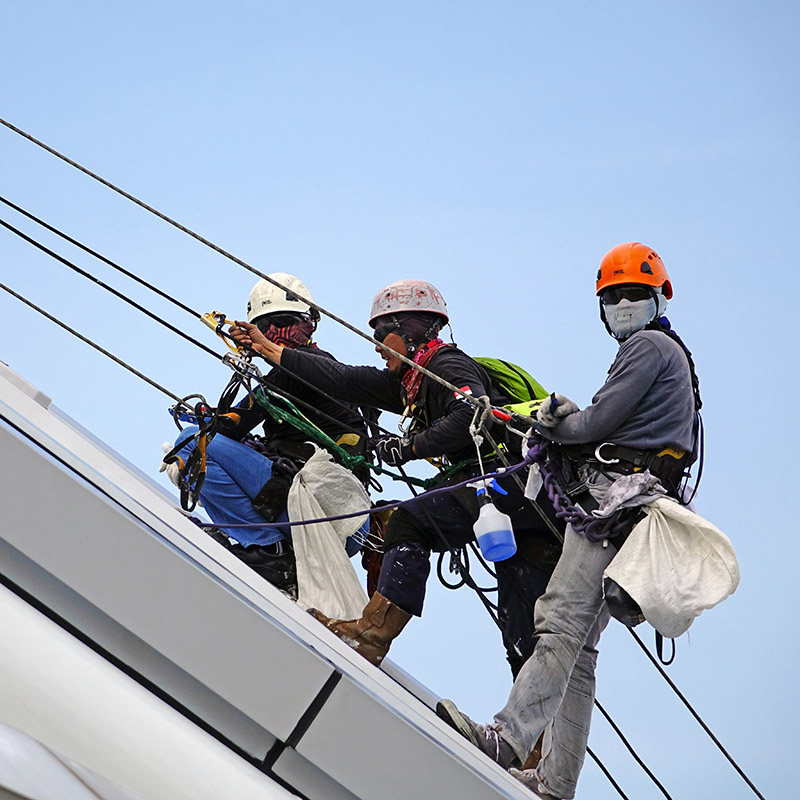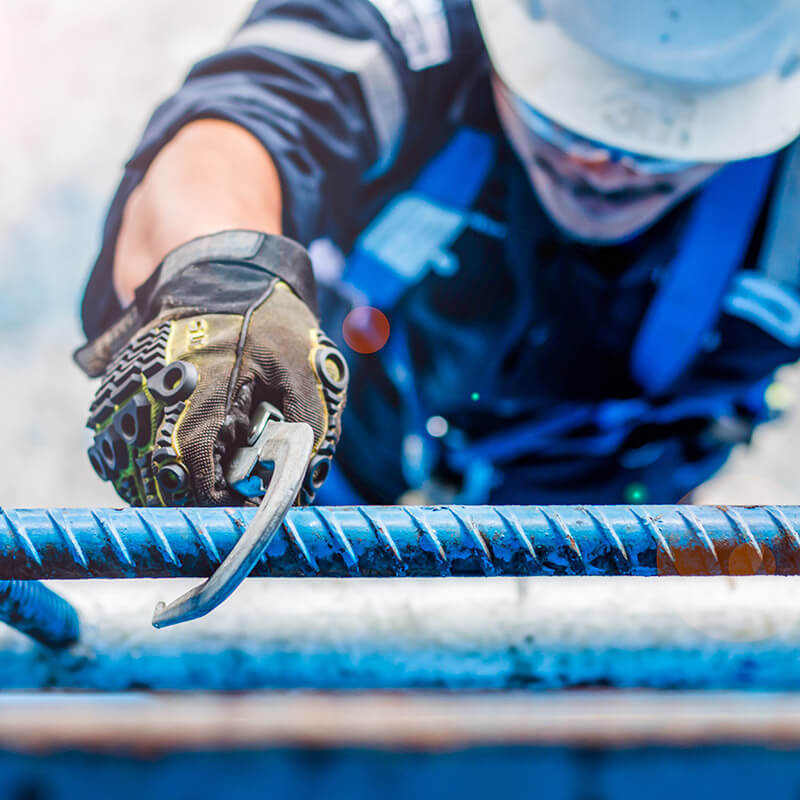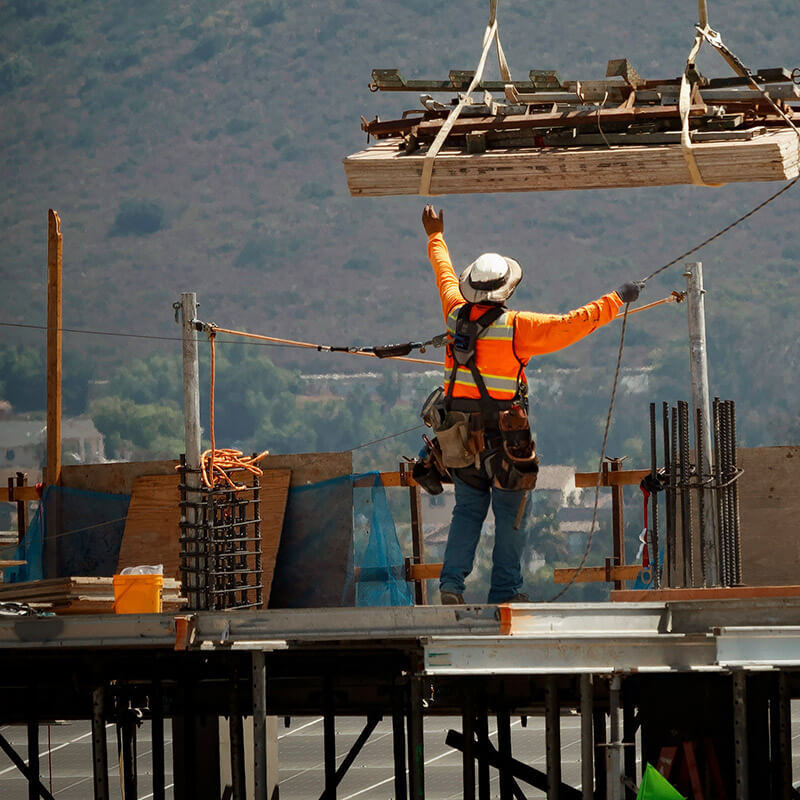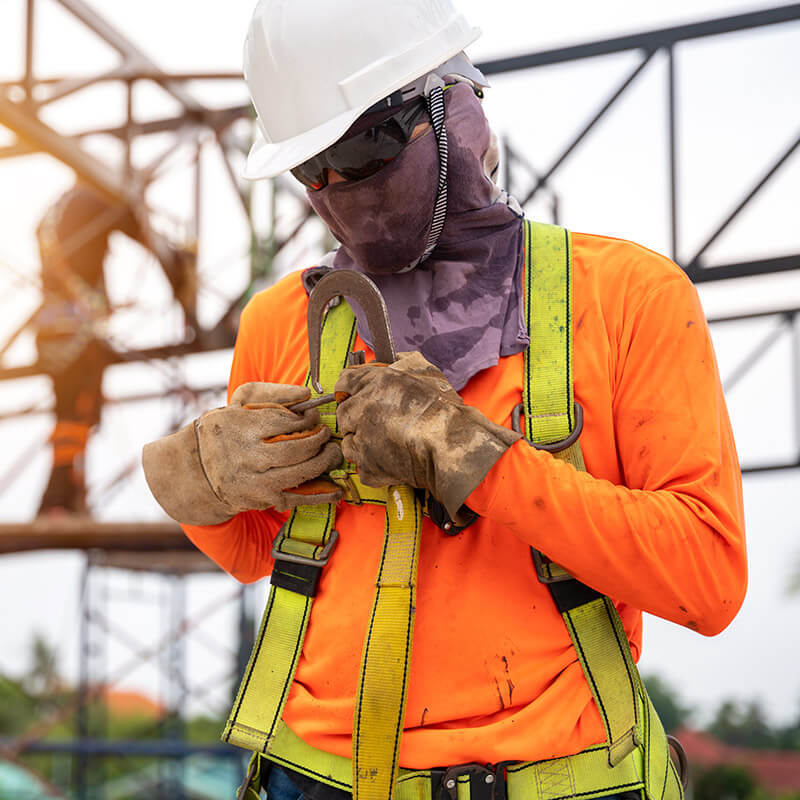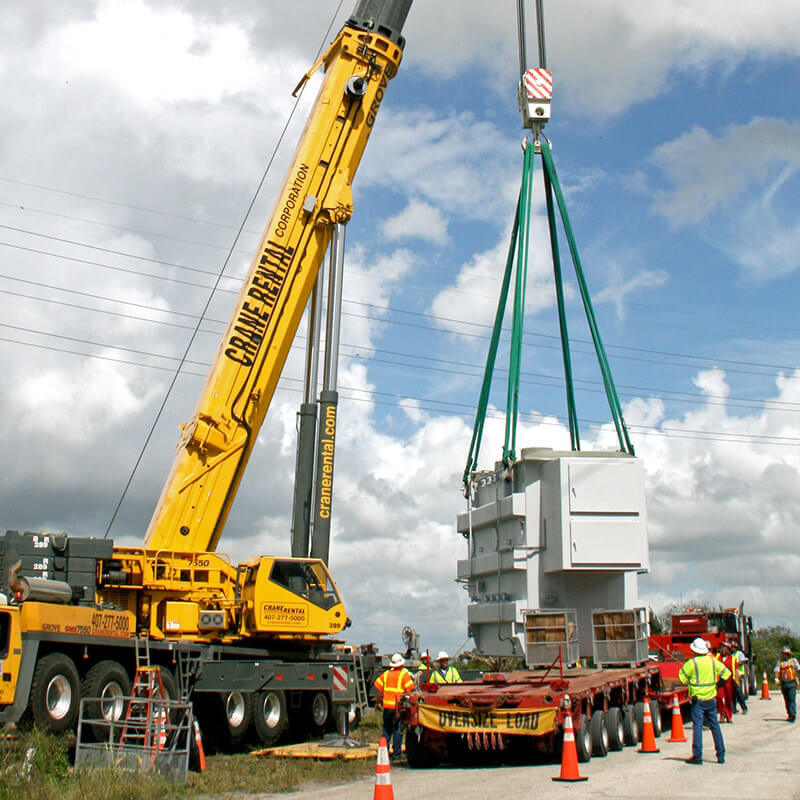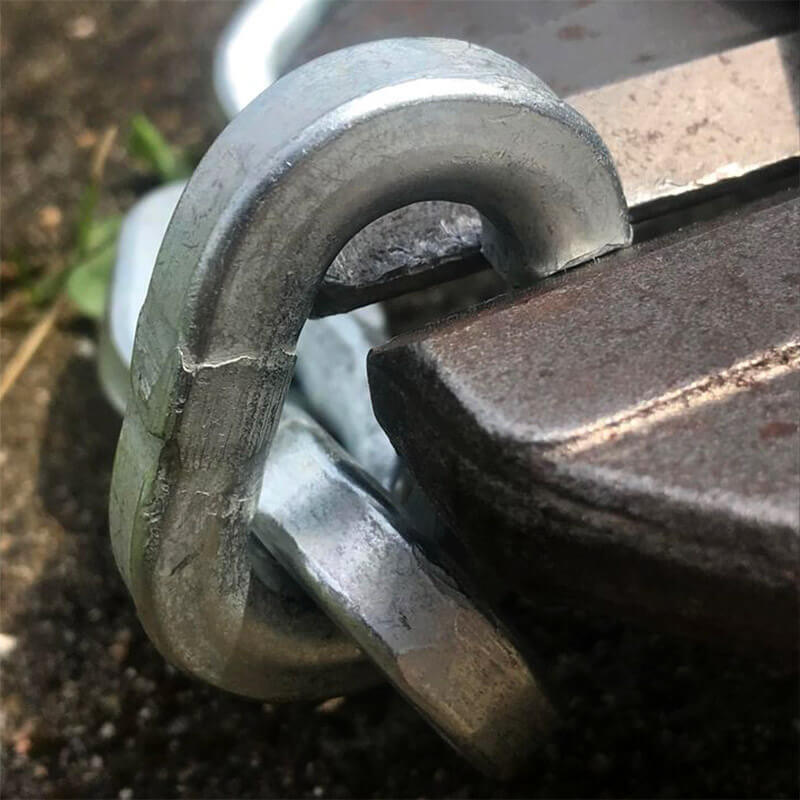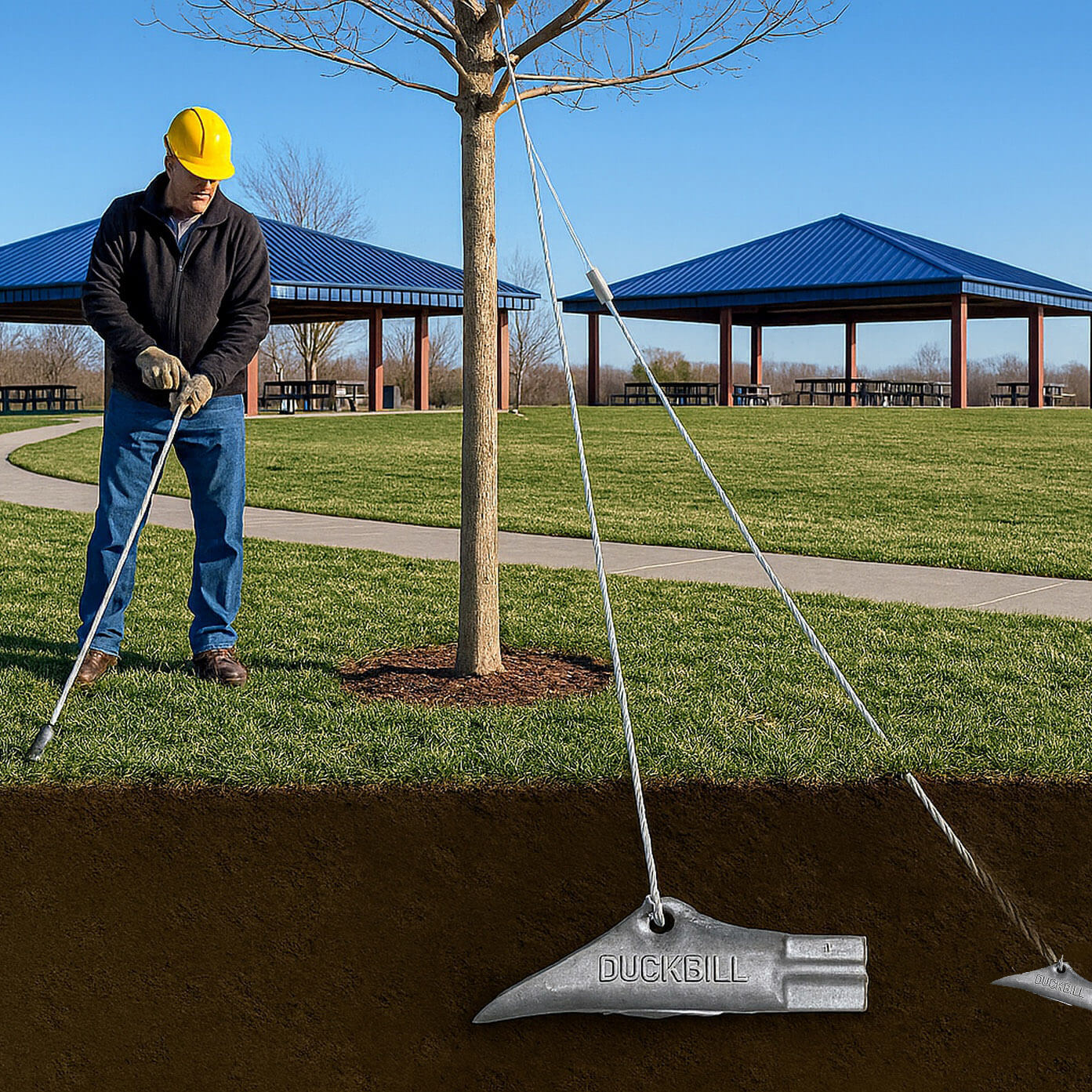What is Fall Protection in PPE?
Fall protection in PPE (Personal Protective Equipment) is about preventing falls in work places. This includes construction, maintenance, and industrial areas. The Occupational Safety and Health Administration (OSHA) says falls are the top cause of death in construction.
Knowing what fall protection is means understanding the role of safety gear. This includes harnesses, lanyards, lifelines, and connectors. Each item is vital for keeping workers safe in dangerous heights. OSHA requires fall protection plans for heights over four feet in general industry and six feet in construction.
Key Takeaways
- Fall protection in PPE is crucial for preventing fatalities and injuries in workplaces.
- OSHA standards require fall protection plans for employees working at elevations of four feet or higher in general industry, and six feet or higher in construction.
- Key components of fall protection equipment include full-body harnesses, lanyards, lifelines, and anchorage connectors.
- Fall protection systems include fall prevention, fall restraint, and fall arrest systems.
Understanding Fall Protection Systems
Fall protection systems are key in keeping workers safe in industrial settings. They prevent falls or catch them to lessen the impact on the body. Knowing the parts of these systems and the types available is crucial for safety.
Components of Fall Protection Systems
Fall protection components are vital for a system's success. Key parts include:
- Anchorage Connectors: Secure points that meet OSHA and ANSI Z359 standards.
- Body Wear: Full-body harnesses are common, with specialized types for different needs.
- Connecting Devices: Lanyards and lifelines that absorb shock to stay under 1,800 pounds, as per OSHA.
These parts must be checked yearly by a qualified person. Regular training and tools help ensure proper use of equipment.
Types of Fall Protection
There are many types of fall protection, each for different tasks and places:
- Type I Fall Protection: For fall arrest and positioning, using full-body harnesses to stop falls.
- Type II Fall Protection: For positioning only, not for fall arrest. Body belts are an example.
Ladder fall protection systems are vital for workers on fixed ladders. Guardrails and safety gates provide passive protection with little upkeep. Following OSHA and ANSI standards is crucial for safety and trust.
Understanding these systems and components helps in better protecting workers. This reduces injuries and deaths from falls in the workplace.
What is Fall Protection in PPE?
Fall protection in Personal Protective Equipment (PPE) is key to keeping workers safe from falls. It uses equipment and systems to prevent falls or catch them if they happen. This section talks about why fall protection is important, the gear needed, and following the rules.
The Importance of Fall Protection in Workplaces
Fall protection is very important in places where workers might fall, like construction sites. The Bureau of Labor Statistics says falls are a big cause of work deaths. This shows how crucial it is to have good fall protection to avoid serious injuries and deaths.
Employers must focus on keeping their workers safe. They need to plan, train, and use fall protection correctly.
Fall Protection Equipment
Fall protection gear helps prevent or lessen the impact of falls. It includes things like safety harnesses, lanyards, and safety nets. It's important to learn how to use this gear right.
For example, OSHA says fall arrest systems need to hold 5,000 pounds to be safe. Keeping this equipment in good shape is also key.
- Safety Harnesses
- Lanyards
- Lifelines
- Guardrails
- Safety Nets
- Roof Anchors
- Fall Arrest Extensions
Compliance with Regulations
Following fall protection rules is a must to keep workers safe and avoid legal trouble. OSHA and ANSI have rules that employers must follow. For example, the International Safety Equipment Association (ISEA) gives guidelines on using PPE for fall protection.
It's also important to train workers regularly. This keeps the workplace safe and productive.
In short, fall protection is very important. It needs the right equipment and strict rule following. Educating workers and giving them the right tools can greatly reduce fall risks. This makes the workplace safer and more productive.
Conclusion
Knowing and using good fall protection in personal protective equipment (PPE) is key to keeping workplaces safe. Falls are a big problem in construction, leading to many deaths and OSHA violations. So, it's very important for companies to follow strict fall protection rules.
Putting money into good fall protection training and checking equipment often helps a lot. Workers need to be trained well and often, especially if the job changes. Also, make sure to check fall gear before each use and every year. If it's damaged, stop using it right away.
Creating a safe work culture is important. This means always looking for ways to improve fall safety. Use a step-by-step approach to control risks, from removing hazards to using safety gear. This not only keeps workers safe but also saves money on injuries, like medical bills and legal costs. By focusing on fall safety, we can make our workplaces better and safer for everyone.
At Bishop Lifting we have all the OSHA required fall protection for PPE you need. Buy any rigging equipment and supplies easily online and we will ship it directly to you.
What Is a Kernmantle Rope Used For?
Nov 21st 2025
What Is a Fall Protection Harness?
Nov 14th 2025
What are the four components of a PFAS?
Nov 7th 2025
Is Palmer Safety OSHA Compliant?
Nov 3rd 2025
What’s the Hardest Chain to Cut?
Oct 20th 2025
What are the most common tools used in rigging?
Oct 13th 2025
What Is the Strongest Security Chain?
Oct 7th 2025
Are Pewag Chains Good?
Oct 3rd 2025
What Are DuckBill Anchors Used For?
Sep 26th 2025


